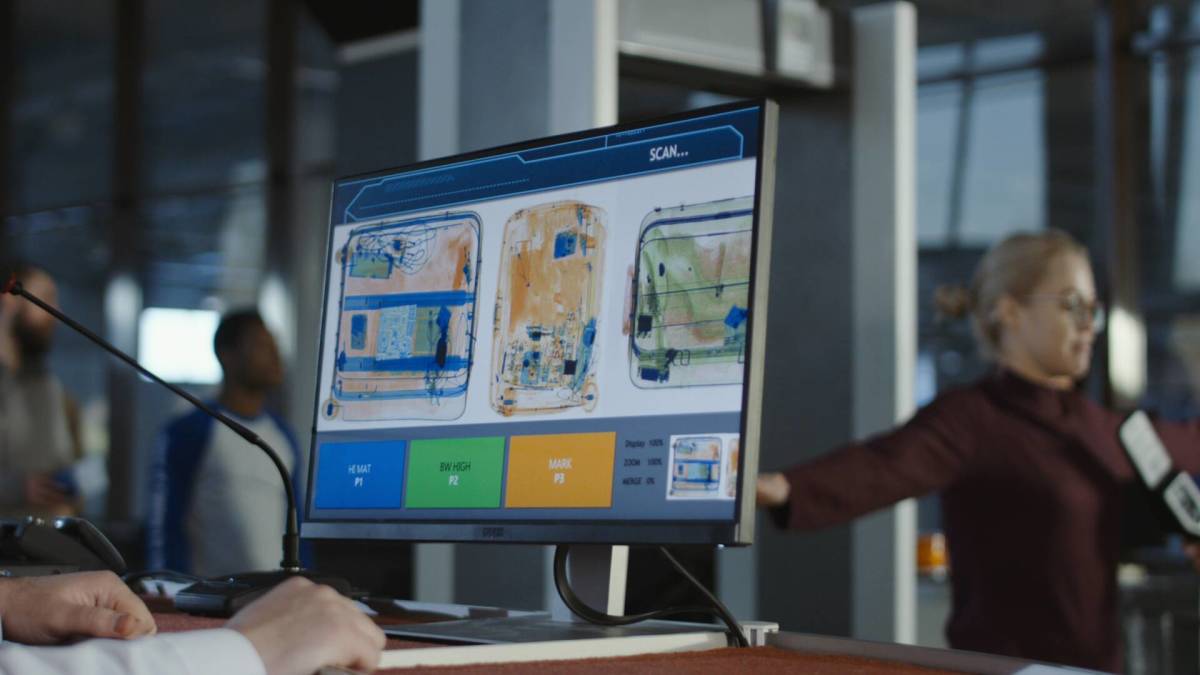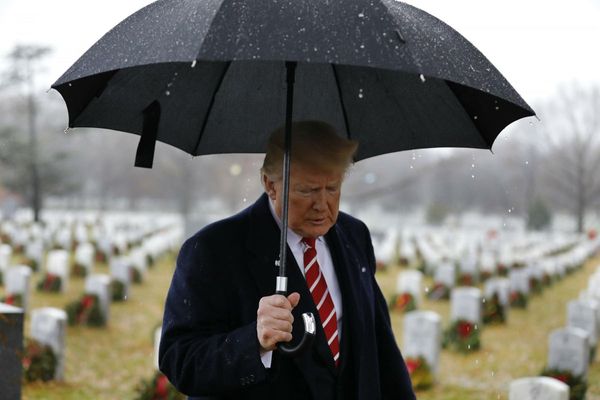
With the 3-1-1 airport liquid rule was introduced in 2006 in response to several incidents of terrorists trying to smuggle explosives in water bottles, an entire generation is now reaching adulthood without having ever known a time when one could bring a bottle of water or soft drink from home into the cabin.
The name comes from the fact that liquids of volume up to 3.4 fluid ounces or 100 milliliters need to be packed into a single clear bag while anything larger can only be brought as checked luggage.
Over the last few years, several countries have either stopped enforcing or taken steps to gradually weed out the liquid rule. The most prominent among them, the United Kingdom, first announced that it would stop requiring travelers to abide by the liquid rule amid greater use of a new type of 3D scanner back in 2022.
These are the three UK airports to fully scrap the liquid rule
The UK Department of Transport initially set a June 2024 deadline for the rule but, as not all airports have been equipped with enough scanners to navigate the flow of traffic, the date has been extended until the summer of 2025 — at the moment, Aberdeen International Airport (ABZ) in Scotland, Teesside Airport in Darlington (MME) and London City Airport (LCY) allow travelers to bring liquids in containers larger than 100 milliliters aboard.
More Travel:
- A new travel term is taking over the internet (and reaching airlines and hotels)
- The 10 best airline stocks to buy now
- Airlines see a new kind of traveler at the front of the plane
The latter is a small airport closer to downtown London often used for short flights from nearby European cities while the city's two main airports, London Heathrow and Gatwick, currently have too much passenger flow and not enough scanners to fully meet the deadline and allow liquids for all.
Related: Cruise tips, tricks and hacks from an expert cruiser
Here is why the US won't be following suit anytime soon
"The UK has some of the most robust aviation security measures in the world and this cutting-edge technology will enhance security and boost the passenger experience," the Department of Transport said in a statement earlier this spring.
Globally, Amsterdam's Schiphol International Airport and the Leonardo da Vinci International Airport in Rome have also started installing the same type of 3D scanners while airport authorities in Spain and Portugal have initiated discussions around a timeline for being able to eliminate the liquid rule.
The U.S., which along with Britain was the country to engineer the 3-1-1 rule, is yet to announce any plans to eliminate it even as it has started installing technology that will allow some travelers (those flying domestically and who have TSA PreCheck) to pass through the airport without showing a boarding pass or even ID but instead be checked in and tracked through the use of facial recognition. Whether for agentless check-in or the no liquid rule, the reasons for the changes that get named always come down to using technology to speed up the flow of passengers amid worsening airport traffic.
“The UK has some of the most robust aviation security measures in the world and this cutting-edge technology will enhance security and boost the passenger experience," the Department of Transport said in a statement earlier this spring.
Related: Veteran fund manager picks favorite stocks for 2024







